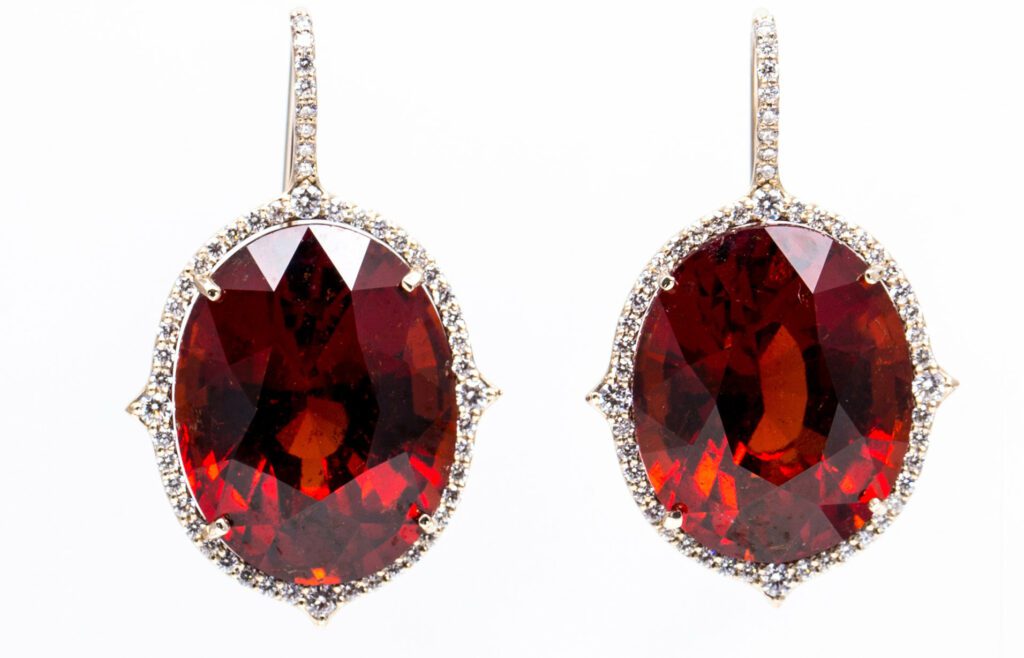January’s Birthstone
When you think of garnet a rich deep red stone probably comes to mind. In fact, garnet is the name used to describe a varied group of silicate minerals that come in a range of colors from orange and yellow to pink and purple. It even can be found colorless. Read on to discover more about January’s gorgeous birthstone.

Garnet Facts
The deep crimson color of the garnet inspired its name- granatum derived from Latin, meaning pomegranate seed or gernet from Middle English meaning dark red, depending on who you ask. The oldest known piece was discovered in a necklace found in a Egyptian burial site dating from 3500B.C. That’s nearly 5,000 years ago!
The History of Garnet
Much of the history of the garnet relates to the meaning various cultures have assigned to it. In ancient times, travelers wore garnets to light up the night and provide for safe journey. Bronze Age people used the garnet and other stones in burial necklaces and rings. Garnets also were popular among the Vikings and Anglo-Saxons. Later, Victorians used them in engagement rings. Today red garnets are associated with love, passion, and prosperity.

The Color of Garnet
Interestingly, it usually doesn’t need treatment such as heating to enhance its color; this is quite rare among gemstones. As we mentioned before, garnet is found in a wide variety of colors due to the different chemical elements present. For example, manganese produces orange and pink garnets, calcium creates yellow, and iron produces red and brown. The most popular varieties are rhodolite -purplish red, tsavorite – green, and hessonite – brownish.
Where is Garnet Found?
Garnet has been found throughout the world in both metamorphic and igneous rocks. As gemstones go, they are not rare and have been found in U.S., Russia, India, Mozambique, Tanzania, Madagascar, Canada, France, Germany, Finland. Myanmar, Russia, China, Czechia, Finland, France, Germany, Italy, Mexico, and Zaire.

Fun Facts
The garnet is the recognized birthstone for January and is traditionally given on the 2nd and 18th wedding anniversary. It measure 7 to 7.5 on the Mohs hardness scale.
One of the most interesting stories of this stone is the Kunz garnet, a nine pound garnet that was discovered during a sewer excavation in the 1880’s in New York City.’
*Please note that all metaphysical/ healing properties are for informational/entertainment purposes and do not constitute advice or recommendation concerning the treatment of physical, mental, or emotional medical conditions. The Jewelry Junket does not guarantee the validity of any of such statements.

